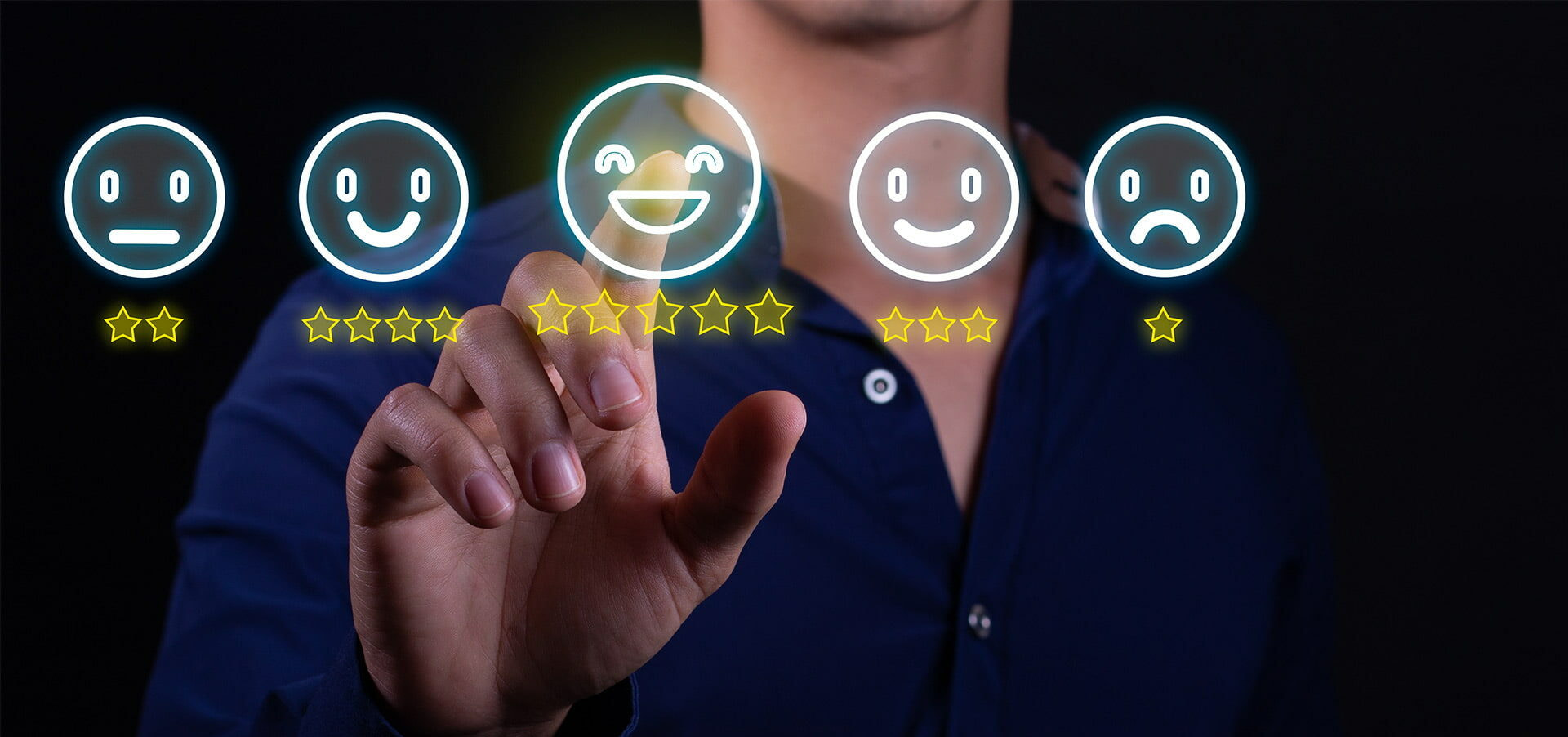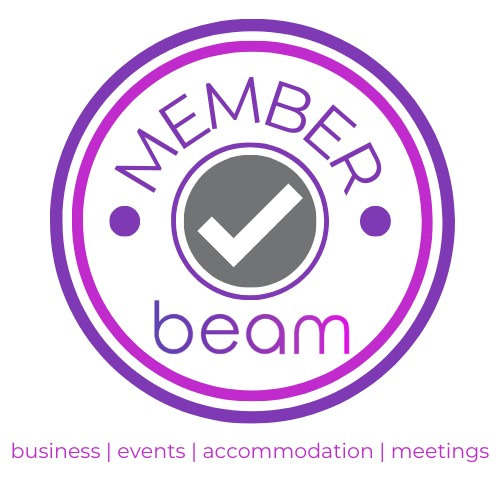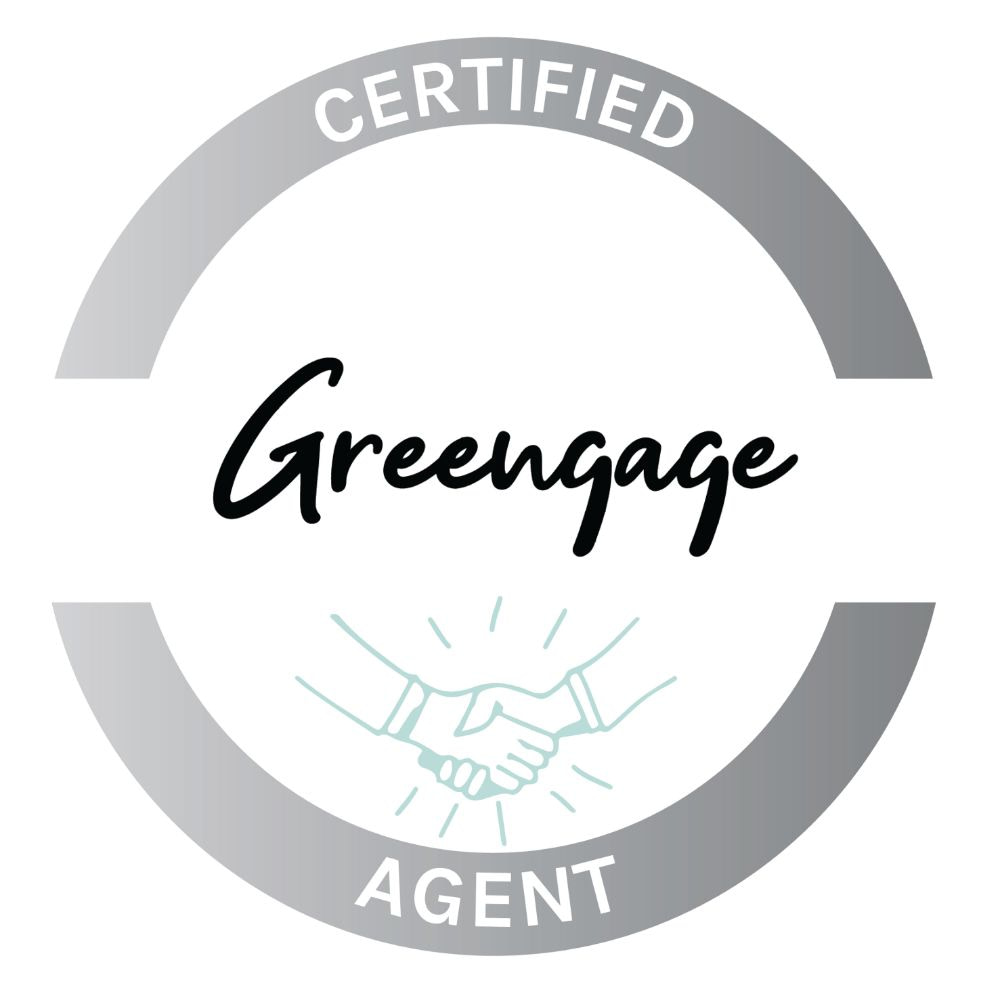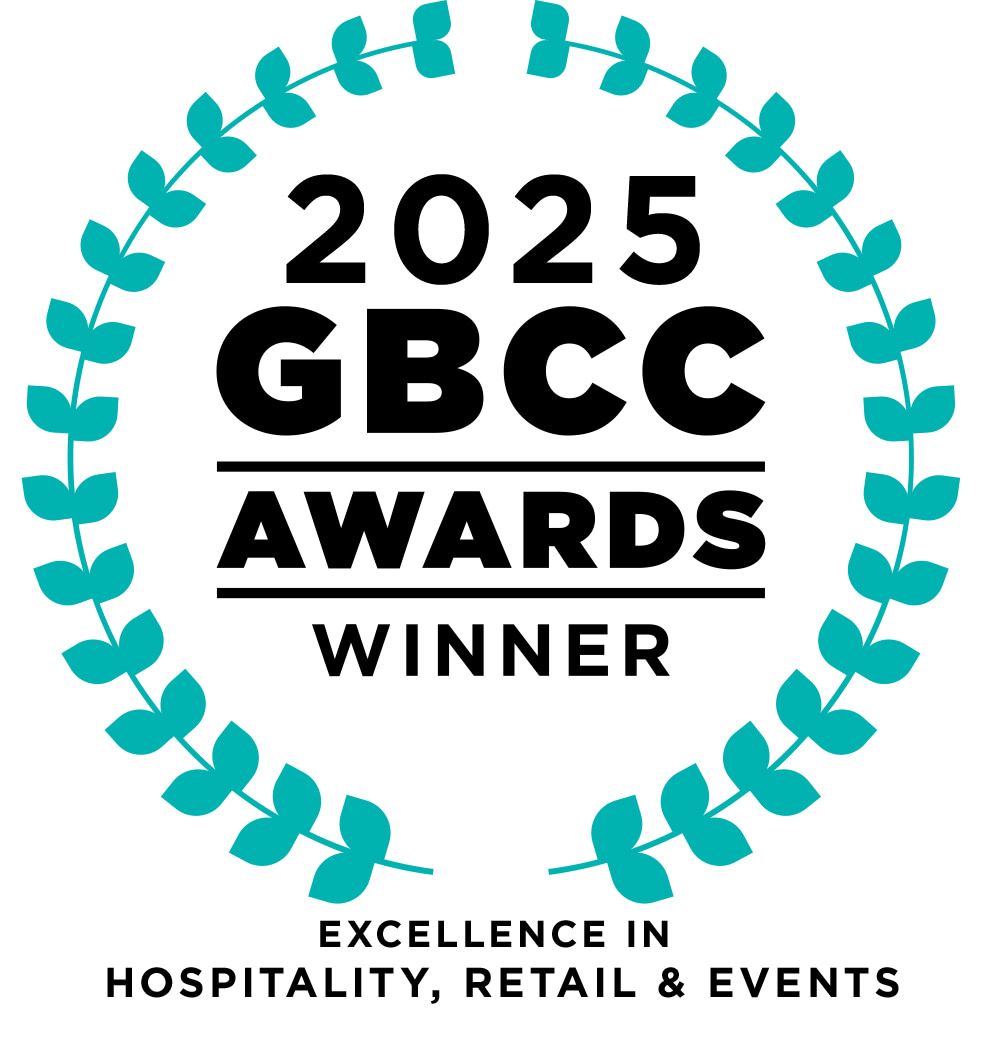It’ a new year which means we need to look for ways we can improve once again! When it comes to event management, there is one thing we are all guilty of neglecting, and that’s post event evaluation. With most businesses running quarterly corporate events or team building activities, it can be difficult to keep up with all three stages – planning, measuring and implementation. We find on de-briefing with our clients, that most of them want to move on to the next event as soon as the current one is finished, leaving little or no time for reflection.
As experts in events for over 30 years, we know that the third stage of event management is just as much critical as the first and second. Time to analyse quality feedback and data allows you to continuously improve the effectiveness of your corporate and internal events, resulting in higher return for your business.
So, we now know it’s super important, but before cracking on with it, know it is helpful to plan how you will measure your event during the planning stage, so you can implement any data capture and limit time sussing out the “how” post event.
Read all about the best ways to measure the effectiveness of your team building days and corporate events below.
Measuring the Return on Investment of Your Corporate Event (ROI)
Historically, return on investment (ROI) of any corporate event would be expected to be measured by providing clear numbers which you can communicate back to the boss and wider team. ROI a simple formula whereby you subtract profits made from the cost of the event and divide that number by the total cost of the event. Targets such as ticket sales, sign ups, new and returning business and money made at the event usually contribute to defining ROI. Easy right?
Well, if you are running internal events such as team away days and conferences, think again. Measuring the profitability of internal events can be difficult, sometimes impossible. This, however, is where the evolution of the corporate events industry and change in attitudes across today’s businesses really shows.
With an ever growing focus on people and as a result, success factors such as internal culture, employee well-being and team retention, we are beginning to understand that the success of internal events is not defined by profits or numbers. Instead, we are recognising the importance of less tangible benefits such as employee engagement, development and positive workplace culture and in order to measure those, we have to alter the metrics and measure the return on experience (ROE).
Measuring the Return on Experience (ROE)
As of recent, you may have heard terms such as “return on event”, “return on experience” or “return on emotion”, and it can feel confusing. Essentially, they all mean the same thing, what terminology you decide to use can depend on preference, how it relates best to your objectives or your brand’s tone of voice. We suggest you pick one and stick with it. Try not to confuse others in the wider team by chopping and changing language when sharing information.
ROE can really help the success of your corporate event shine if you know what tools to use to measure the three most important metrics… Engagement, Enjoyment and Emotion.
Using data, touchpoints, and AI pre, during and post event you can measure the all important E’s!
Here are a few suggestions:
Collecting Attendee Feedback Post Event
During the planning process of your event, prepare a survey for your attendees to fill out post event. If you are concerned about the level of response you will receive here are some tips:
- Distribute your event survey within 48 hours post event.
- Use a professional survey platform such as Survey Monkey.
- Ensure your questions are clear and concise.
- Keep the number of questions brief, ideally under 10.
- Collect a mix of quantitative and qualitative data so you can gage both facts and feelings.
- Incentivise delegates to complete the survey with a competition or promotion.
- Put a deadline on completion, one not too far in the future, a few days is plenty.
- Ask people to submit anonymously for a more truthful report.
- Make it easy, use a variety of tools such as multiple choice, scoring and open text.
- Say thank you to those who complete and feedback on actions for improvements.
How to Collect Real Time Data using AI During Your Event
Have digital devices available at your event such as iPads or an app which will allow you to use, pre-trained AI chatbots to answer live FAQs from your audience during the event. This can help highlight gaps in your planning or peaks of interest in your content. Another way to install AI at your event, is through the implementation of survey kiosks around engaging touchpoints of your event, including seminar spaces, toilets, catering areas and entertainment. Allow your attendees to quickly score their experience with that part of your event, at the click of a button.
Think Outside the Box
Sometimes as busy event planners we can miss opportunities to collect data about the attendee journey. But what we don’t always realise is that in most cases where there is interaction from delegates, we can be sure there will be some form of insightful data left behind that tells a story! An example of something we all use and most event planners overlook is photobooths! Photobooths allow us to look at how many people were engaged, timings, demographics and who spent time with who during the event.
Social media hashtags are also a great way to track and measure attendee engagement, they can really help identify what made your attendees tick and what they felt was an experience worth sharing. For example, if you have a large number of people share learnings from a particular seminar, you know the content was worthwhile! Don’t forget to use the help available, and ask suppliers such as the venue, caterers, speakers and entertainers to remind your delegates to post about their experience with their service using your designated event hashtag. This has reach and brand awareness benefits for them too, so what have they got to lose?!
Photobooths by Deluxe Booths
Document Your Event
Videos and photos speak a thousand words, so investment in hiring a professional videographer and photographer can really pay off when reviewing the success of your event. Photo and video is also the best way to capture the three E’s without your attendees having to lift a finger. Although this is great, and a must have tool for measurement, we would not recommend using this method alone. You still need to hear feedback from the horse’s mouth. If you’d like to look into hiring a videographer or photographer to capture your event, we have our own in house creative team who can support you with this.
Set Clear KPIs for Your Corporate Event or Team Away Day
When setting the KPIs for your corporate event be sure to include some for collecting feedback. Inform and educate your team and your suppliers on your objectives and ways in which they can help you achieve them.
To discuss your event planning needs, speak to our expert team on 01827 215 200 or visit the contact us page.












